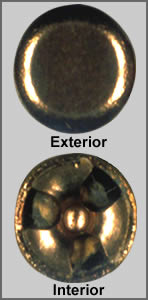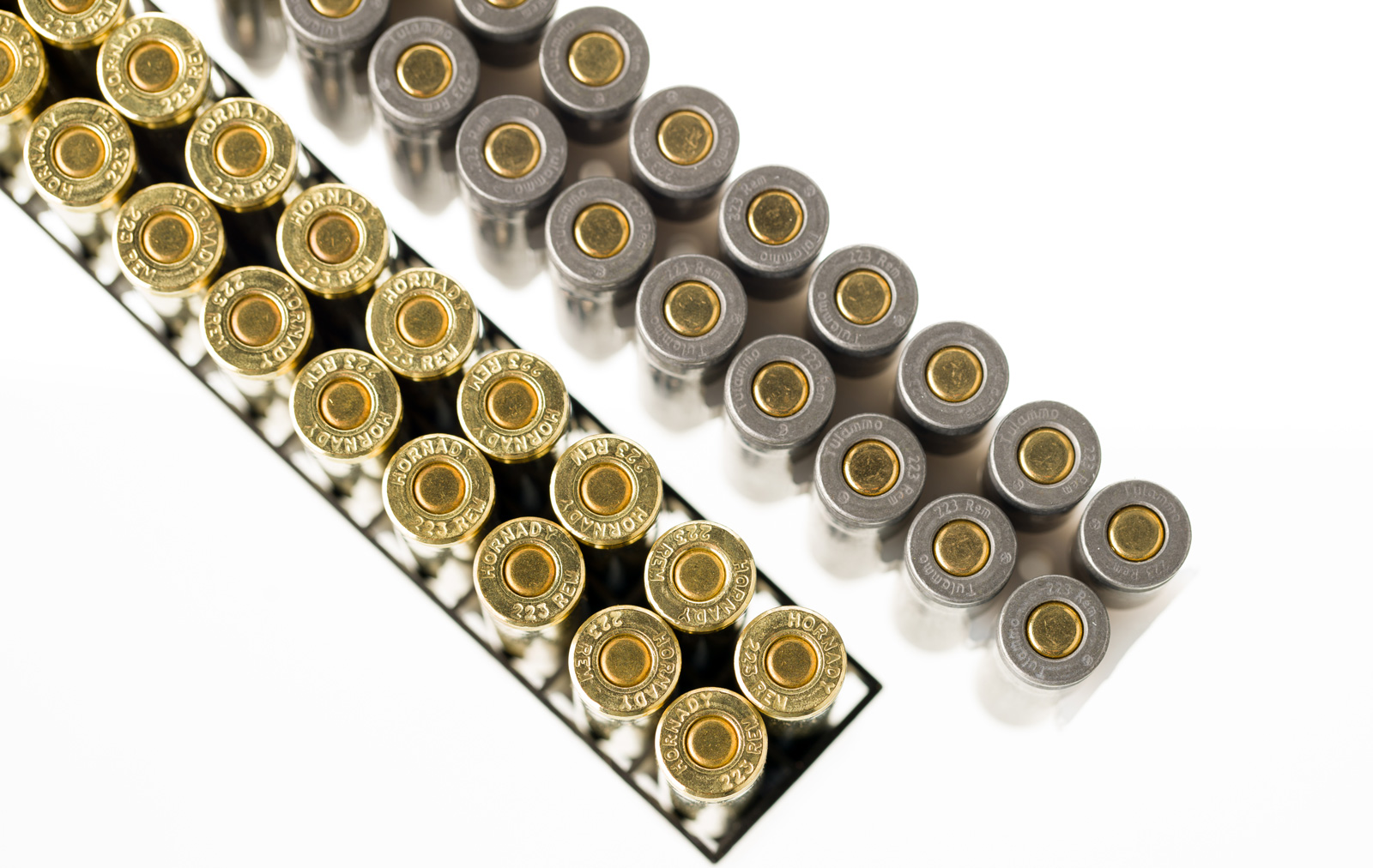Some Known Factual Statements About Primers In Stock
Table of ContentsOur Pistol Primers IdeasNot known Factual Statements About Federal Primers The Best Strategy To Use For Small Pistol PrimersThe smart Trick of Primers For Sale That Nobody is DiscussingThe Single Strategy To Use For Federal Primers
Element of the firearm cartridge for initiating propellant combustion In firearms and artillery, the primer () is the chemical and/or device in charge of starting the propellant burning that will press the projectiles out of the gun barrel. In very early black powder guns such as muzzleloaders, the guide was essentially the very same chemical as the primary propellant (albeit normally in a finer-powdered form), but put right into an external flash frying pan, where maybe sparked by an ignition resource such as a sluggish match or a flintlock Some muzzleloaders have guides like cap weapon caps.
Examples consist of hand gun cartridges, rifle cartridges, as well as shotgun coverings. Bigger weapons items on the other hand generally utilize electrical priming. In weapons the guides are often a different part, placed inside the barrel to the rear of the major propellant chargebut there are various other examples of weapons, consisting of as an example some automatic tools, developed to shoot cartridges with important electric primers.
Unknown Facts About Reloading Primers

With the arrival of hand-held weapons, this became an unfavorable way of firing a weapon. Holding a burning stick while trying to pour a cost of black powder thoroughly down a barrel is harmful, and also trying to hold the weapon with one hand while simultaneously intending at the target and looking for the touchhole makes it very challenging to fire properly. The first attempt to make the procedure of firing a small arm easier was the "matchlock".
, and also dried out. After the weapon was filled and the touchhole topped with powder, the burning suggestion of the suit was positioned so that the lock would bring it right into contact with the touchhole.
The Ultimate Guide To Remington Primers
This brought the suit down to the touchhole, sparking the powder. With mindful interest, the slow-burning suit can be maintained melting for extended periods of time, and the usage of the lock device made rather accurate fire possible. The next transformation in ignition innovation was the "wheel-lock". It made use of a spring-loaded, serrated wheel which scrubed versus a piece of iron pyrite, similar to a contemporary lighter.

The covered flashpan also offered some capacity to hold up against negative climate. primers in stock. Wind, rainfall, and damp weather condition would certainly provide a matchlock ineffective, yet a wheel-lock that was packed and waterproofed with a little bit of grease around the flashpan might be fired under most conditions. The wheel-lock enjoyed only a quick duration of appeal before being superseded by a simpler, more durable design.
Primers For Sale for Dummies
As the name implies, the flintlock made use of flint instead of iron pyrite. The flint was held in a spring-loaded arm, called the navigate here "cock" from the resemblance of its motion to a pecking chicken. The cock revolved through approximately a 90-degree arc and was kept in the tensioned, or "cocked" placement by a trigger. https://www.submitportal.com/author/relodprim3rs/.
The "half-cock" position held the cock halfway back, as well as made use of a deep notch so that shooting would certainly not release the dick. Half-cock was a safety setting, utilized when packing, saving or lugging a loaded flintlock. The "full-cock" position held the cock right back and was the setting from which the weapon was fired.
It functioned as both a flashpan cover and a steel striking surface for the flint. The frizzen was pivoted and also spring-loaded to ensure that it would secure in the open or closed placement. When shut, the striking surface was placed to ensure that the flint would certainly strike at the correct angle to create a spark.
Some Known Details About Cci Primers
The flintlock system was simpler as well as more powerful than the wheel-lock, as well as the flint and steel offered a great, trusted source of ignition. The flintlock continued to be in armed forces solution for over 200 years, and also flintlocks are still made today for historic re-enactments as well as muzzle-loading target competitors, and for seekers who take pleasure in the added obstacle that the flintlock gives.
Percussion ignition was designed by Scottish clergyman Rev. Alexander John Forsyth in 1807 but required even more improvements before it was slowly accepted in the 1820s to 1830s. By the middle of the 19th century, the percussion or caplock system was well established. It was embraced by both sides in the American Civil Battle, as it was simpler and also a lot more trustworthy than the flintlock.
The flashpan and frizzen were eliminated and replaced by a little, hollow horizontal cylinder (drum) screwed right into the bored-out and also tapped flash hole as well as lugging a "nipple" over which the cap might be fitted. A "hammer" which likewise had half-cock (for filling as well as applying the cap) and full-cock placements replaced the penis.